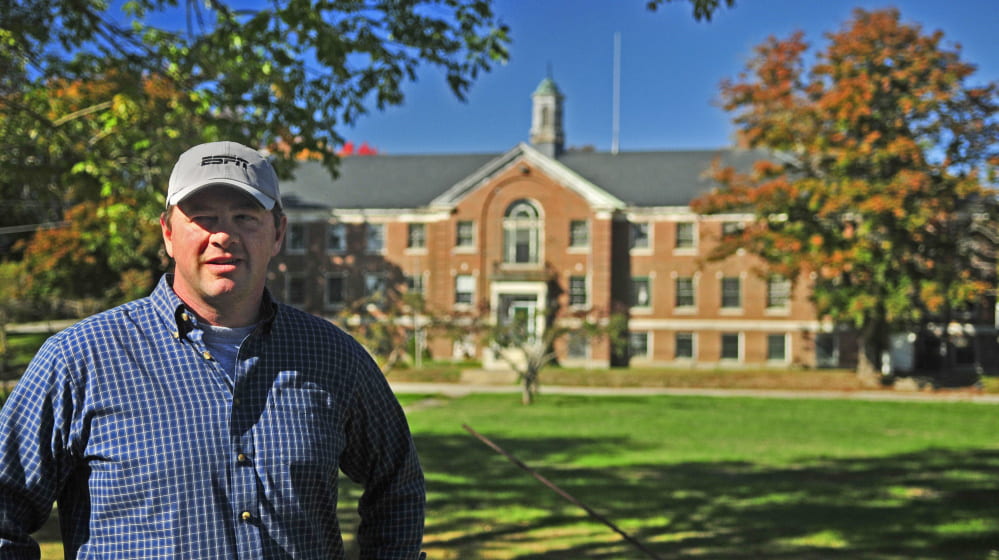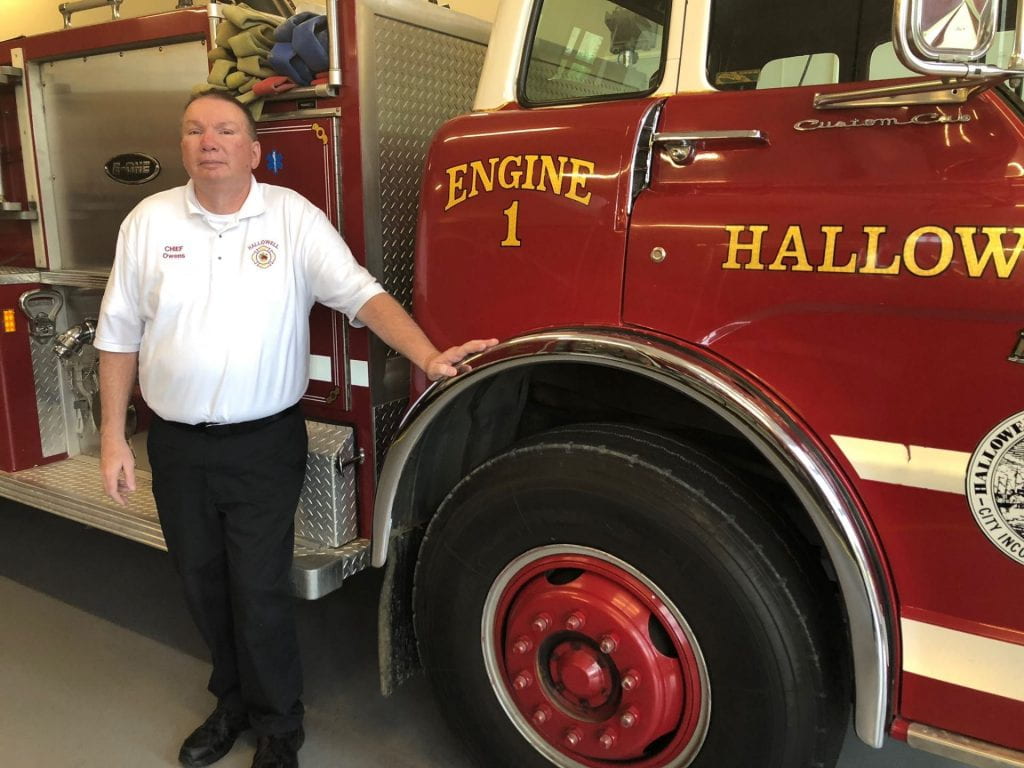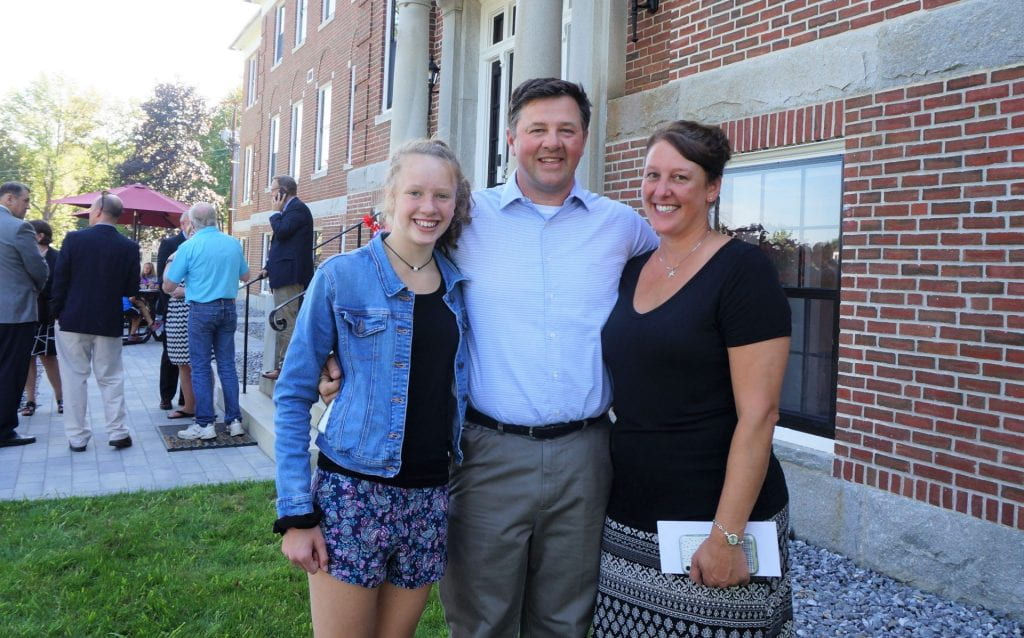By Heather Mayer Irvine
MATT MORRILL AND HIS WIFE spent three years on a boat in the Virgin Islands after he graduated from Wentworth with an associate degree in Architecture and a Bachelor of Science in Civil Engineering Technology.
“We left to play and get it out of our system,” he says. Traveling opened their eyes to many things and inspired them when they returned in 2003, when Matt dove right into the world of engineering and design. After working for a local engineering firm in Maine for several years, Morrill and his wife, Tammy, started Grand View Builders, which specialized in custom home buildings and commercial construction.
Over the years, Grand View’s focus shifted toward large commercial projects. This led the husband-and-wife duo to start Mastway Development, Inc., a separate real estate development company.

Morrill, inspired by his undergrad studies at Wentworth, sought opportunities to work on historic buildings.
“With my architecture and engineering background, I fell in love with brick buildings,” he says. “It’s the historic features you don’t see in today’s construction.”
Then, in 2016, Morrill got his chance. The state of Maine put a 54-acre property up for bid: the Maine Industrial School for “viciously inclined girls,” which closed in the 1970s. Also known as the Stevens School, the five-building campus, in the Augusta-adjacent Hallowell, housed offices before sitting vacant for a decade. Morrill owns four of the buildings; he sold the fifth to a housing development company in Portland, which will build affordable housing units for senior citizens.
“My wife calls this [purchase] my midlife crisis,” Morrill says, laughing.
When Morrill won the bid he didn’t waste any time getting to work. The buildings were severely deteriorated, some on the brink of condemnation. Morrill worked with the U.S. Department of the Interior, the National Parks Service, and the Maine State Historic Preservation Commission to bring his newly acquired buildings back to life.
The campus is now called Stevens Commons, and its restored buildings include offices, apartments, and student housing for the University of Maine at Augusta.
“This is the college’s first housing for its students,” Morrill says. “The University of Maine at Augusta is primarily a commuting school, but finding apartments in the Augusta area was always a struggle.”
What sets Morrill’s historical renovation project apart from more traditional developments is the private-public partnership Morrill and the city of Hallowell forged to make the most out of the land.
“When I bought the campus, it was such a large undertaking,” Morrill says. “I went to the city and proposed a private partnership. I told them we should work together to revitalize the campus.”
The city agreed to rebuild the roads and infrastructure, while Morrill would renovate the buildings. The state-owned buildings were just sitting there, Morrill explains, not generating any tax dollars.
“The city saw it as a win-win,” he says. “Eventually we got the whole campus back on the tax rolls.”
The campus is also home to a newly restored fire station. An anonymous donor gave the city $2 million for a new building, stating only that it had to be built on Stevens Commons. Morrill and his company were on the design team task force, weighing in on critical design elements that would keep the new structure aesthetically in line with the rest of the historic campus. It was completed in May 2018.

This past August, the first student residential building welcomed 37 college students. A second student residential building is underway, which will house another 47 students.
Bringing his work to a college campus has been rewarding, Morrill says.
“This campus is probably comparable to the size of the Wentworth campus. . . It’s weird for me being out of college 20 years and going back [to a campus] to see how students use the buildings. It’s fun to see them there having fun,” he says. “Most of [the students] are architecture students. They’re sitting on the quad and doing prospective line drawings of old buildings. It’s come full circle. Kids are drawing my buildings.”



1 Comment
Very useful and informative article about restored campus buildings. This helped me a lot. Thank you. Comment from All Shops Business Directory